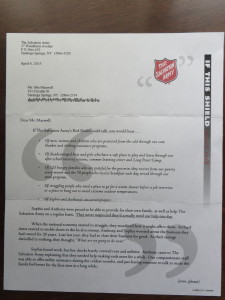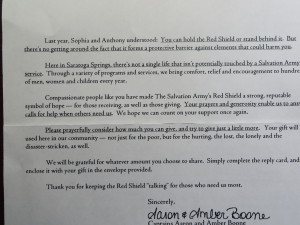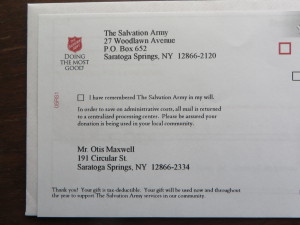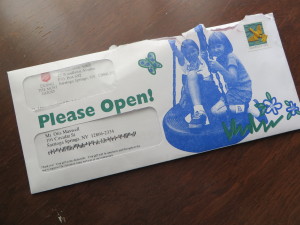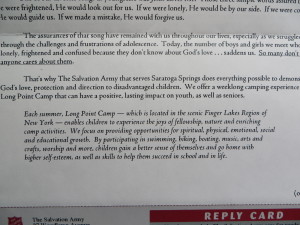Every copywriter should read Joseph Campbell’s The Hero’s Journey and following that, Christopher Vogler’s The Writer’s Journey. The first describes the classic myth structure which has existed across many civilizations and millennia: the hero emerges from humble beginnings, deals with adversity and learns from it, battles for cause and identity, suffers a major setback and enters a dark period, then draws on everything he’s learned to rally and prevail in a final battle. The Writer’s Journey is the same story, but told through the lens of Star Wars, one of the most popular films of all time.
I go to movies often with my teenage son, and it is painful to me that so many of today’s films are CGI spectacles devoid of plot or character development that could have been improved by a rote interpretation of the above sequence. I wonder what the budget meetings were like when they decided to put in yet another car crash or exploding head instead of spending a few bucks on a junior screenwriter.
If you’re a copywriter, you can’t afford to be sloppy like the Hollywood studios with your plots. You’re telling a story in which your prospect is the hero (thanks to your product) or in peril (but your service will save her). It needs to be credible and complete or you will be shown the door. Always remember that the marketer is an uninvited guest at the hearth of life. Your fellow travelers may be willing to listen politely for a moment but, if you can’t hold their attention you’re out in the snow. And, unlike failed Hollywood blockblusters, there’s no foreign distribution to redeem bad copy.
Yesterday in the car, I was listening to our recent Nobel laureate in literature for the first time in a while. “The drunken organ grinder cries…. I want you.” Parse those words and you’ll see there’s more drama and pathos in two lines than in most recent movies. The organ grinder is a street performer, someone who’s not particularly valued though he may amuse us. This one, though, has troubles. He is lovesick and that is probably what led him to drink. We want to know more.
Write copy that good and you’ll be a success, even a hero. Unlike yours truly, you may even sell a screenplay some day.
